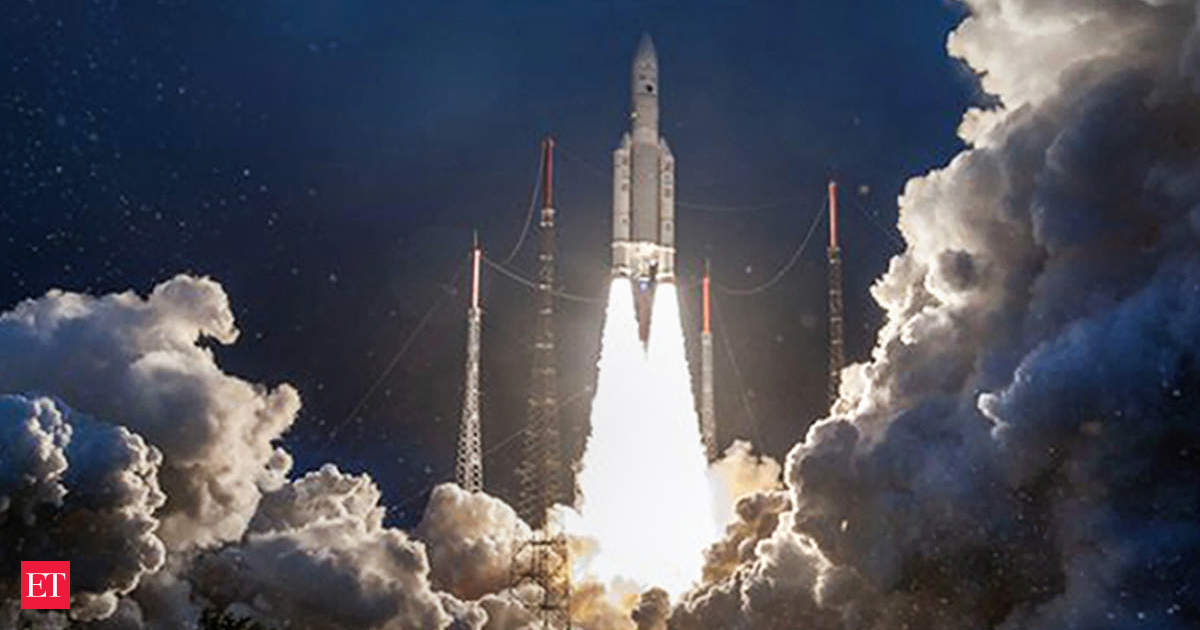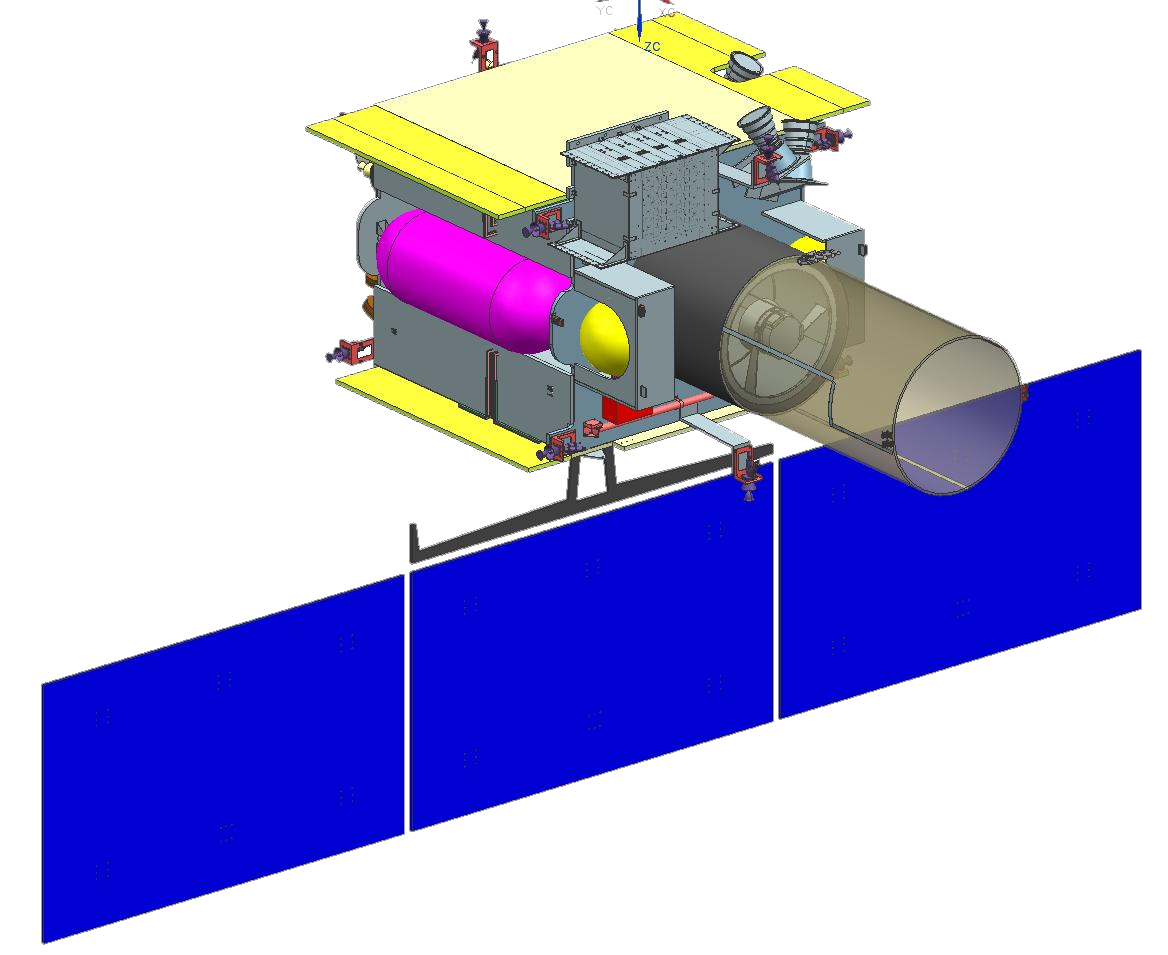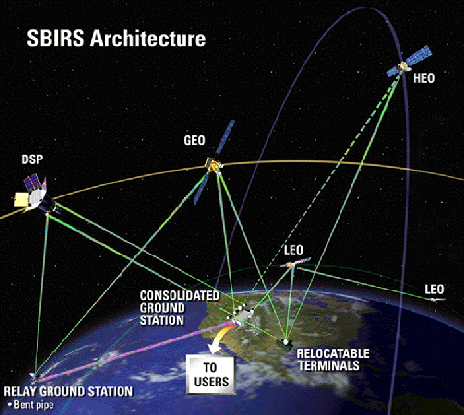Crosspost from my SF post.
@Nilgiri asked me to post this here :
Some thoughts about the Gaganyaan mission & the GSLV Mk-3 launcher.
In early 2019, ISRO calls a tender for Augmentation of the Second Launch Pad (ASLP). ASLP was for readying the launch pad for handling thrust form the SCE200 engine. The work was supposed to be completed with in 15months. Given the usual delays with tendering, selection etc. assume it takes 2 years. So from early-2019 to mid-2021. Even with COVID-19 related delays, the ASLP should be nearing completion.
Oh and going by recent satellite pics, it seems work at the IPRC, Mahendragiri test stand is complete. Although some civil work at the control stations & viewer's gallery still remains underway.
Now its no secret that ISRO has been building new engines & stages to augment the payload capacity of the GSLV Mk-3/LMV-3. The augmentation will happen by replacing the hypergolic core stage L110 with the semi-cryo Kerolox stage SC120 & replacing the C-25 cryo stage with the C32 cryo stage. This slide below form sometime back says that the Augmented LMV-3/GSLV Mk-3 & Human Rated version of the LMV-3 has been approved. Obviously the timelines from this slides cannot be met.
Here is the ambiguity. The human rated rocket may or may not be the augmented GSLV Mk-3/LMV3. The rocket as it is today can lift 10 tons to LEO at 600km. The fully loaded Gaganyaan would weigh 7.8-8.2 tons & it would be put in 400km LEO orbit. So the current GSLV Mk-3 can be used for the mission.
Given the toxicity of hypergolic fuels it would be strange to have a "human rated" GSLV Mk-3 launcher with hypergolic core. But the possibility of this could not be ruled out. The Russians are a more established space power than us yet they still do human launches on the hypergolic Proton rockets. Despite the risks there is no guarantee we wont do the same, especially given the project's deadlines. Eventually ISRO confirmed the Gaganyaan will use the hypergolic core launcher.
That's where the slide below comes in. It was showcased a week ago on Independence day. This is ISRO's plan for GTO payload growth of the GSLV Mk-3.
The schedule as per flight number :
D1: GSAT-19 (June 2017)
D2: GSAT 29 (November 2018)
M1: Chandrayaan-2 (July 2019)
M2: Gaganyaan-1 (June 2022)
M3: Chandrayaan-3 (Q3 2022)
M4: Gaganyaan-2 (Q4 2022-23)
M5: GSAT-20 (2022-23)
M6: Gaganyaan-3 (2023)
The M4 flight will get the SC-120 stage. The M4 will be the 2nd orbital test of the Gaganyaan crew & service module & the M6 will be the 1st crewed mission. So the 2nd unmanned orbital test, when human safety is not a concern, will see the semi-cryo engine but the crewed mission will still use the toxic hypergolic fueled core ?!?!?! Doesn't make any sense.
Maybe if ISRO can safely fly the semi-cryo stage on M4 flight they will consider that for the M6 too.
The dates shown above are tentative. Until the pandemic arrived, we had one GSLV Mk-3 launch in every 6-8 months. The last launch was on July 2019, the next one will be almost 3 years later on June 2022. If production line ran at full capacity in 3 years we would have 4.5 launchers ready. We know ISRO was shut during the peak of 1st & 2nd waves, but ISRO's supplier companies were still open. GSLV Mk-3 gets most its parts from pvt. companies.
S200 comes from L&T
CE-20 engine & C-25 stage from HAL
Vikas engine from Godrej
We probably wont have 4 GSLV Mk-3 launches in 2022. But 2-3 launches seem reasonable given the 3 year gap. ISRO wants to further increase rate of production.
Whatever the case, the SC120 stage will have its 1st flight in late-2022 or early-2023. Which means the SCE-200 has from Q3 2021 to early 2022 for its testing to complete. Once the engine is tested stage testing can begin. There isn't a lot of time left. Which is why the SCE-200 not doing a test firing soon would be very disturbing.
Preparation for manufacturing of the new stages are moving ahead quite well. In 2019 IPRC, Mahendragiri called for a tender for supply of trailers to transport the new C-32 & SC-120 stages. The trailers will be pulled by an AMW 4018 truck. The trailers will be used to move tanks to various places within the Mahendragiri facility & then to move the completed stages to the assembly buildings.
By 2020, HAL had already started producing & supplying the new tanks for the C32 stage :
HAL will also produce/supply the tanks for the SC120 stage. Not sure if they have started supplying the same yet. The large single engined tank on the right side of the slide below is probably the SC120 stage.
Dimensions of the various stages. As mentioned above, SC120 will replace the L110 & C32 will replace C25. The diameters are all the same. But there will be a increase in length of the GSLV Mk-3. The changes will take the height of the GSLV MK-3 to ~45.9 m from the current 43.4 m.
The GSLV Mk3 will evolve to become the HLV-E3 which will be a member of the upcoming Modular Launch Vehicle (MLV) family. The solid boosters will go from S200 to S250, 50ton increase in propellant loading. The core will be the single engined SC-200 stage that has been seen in a million other presentations. The upper stage will go from C32 to C34.
So to summarize my long rant, SC engine test stand & launch pad augmentation is almost complete. CE-32 stage is almost ready, SC-120 tanks are probably ready. We still may do the Gaganyaan crew mission on the hypergolic core launcher. When will the SCE-200 engine do its test fire ?
Edit: There is a DefenceHub logo on all the photos. LOL










